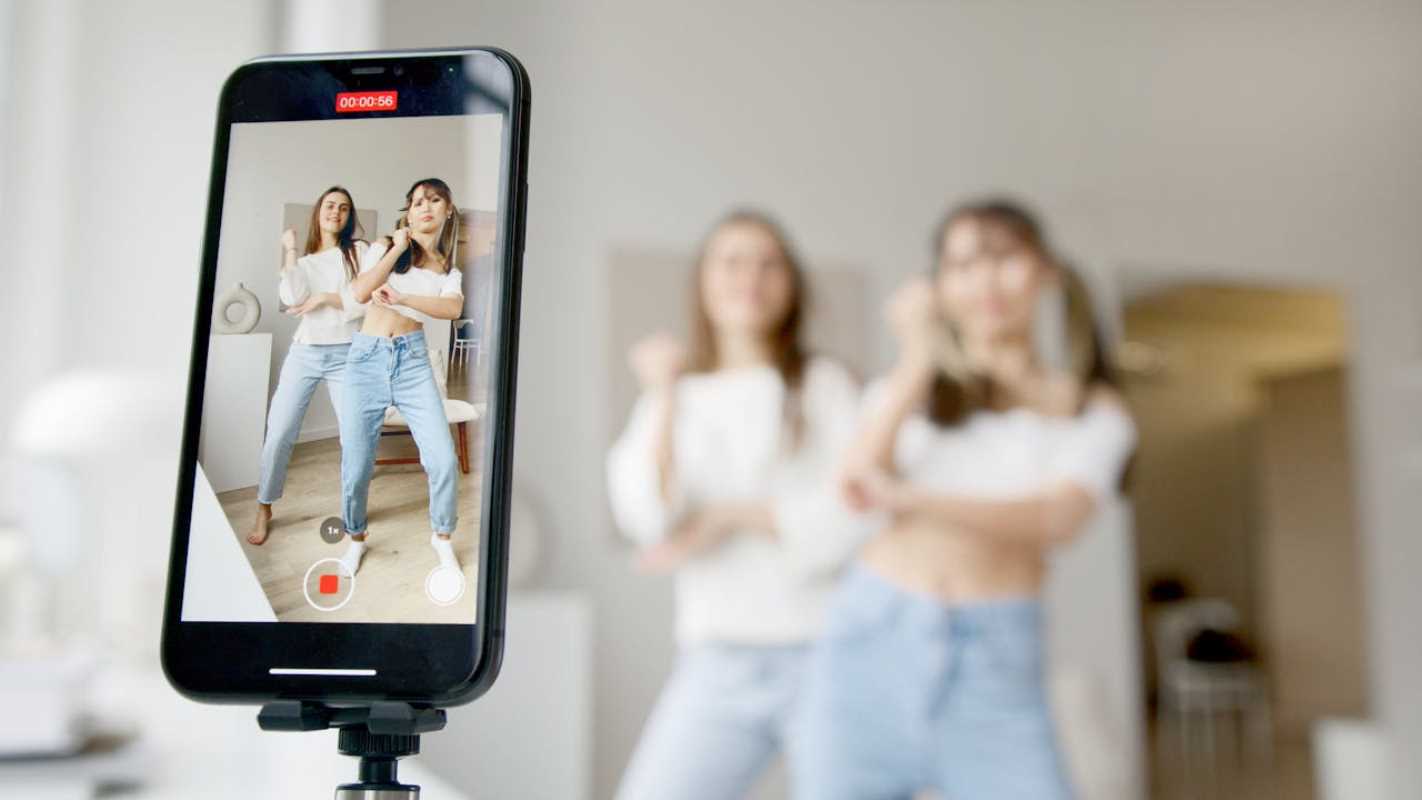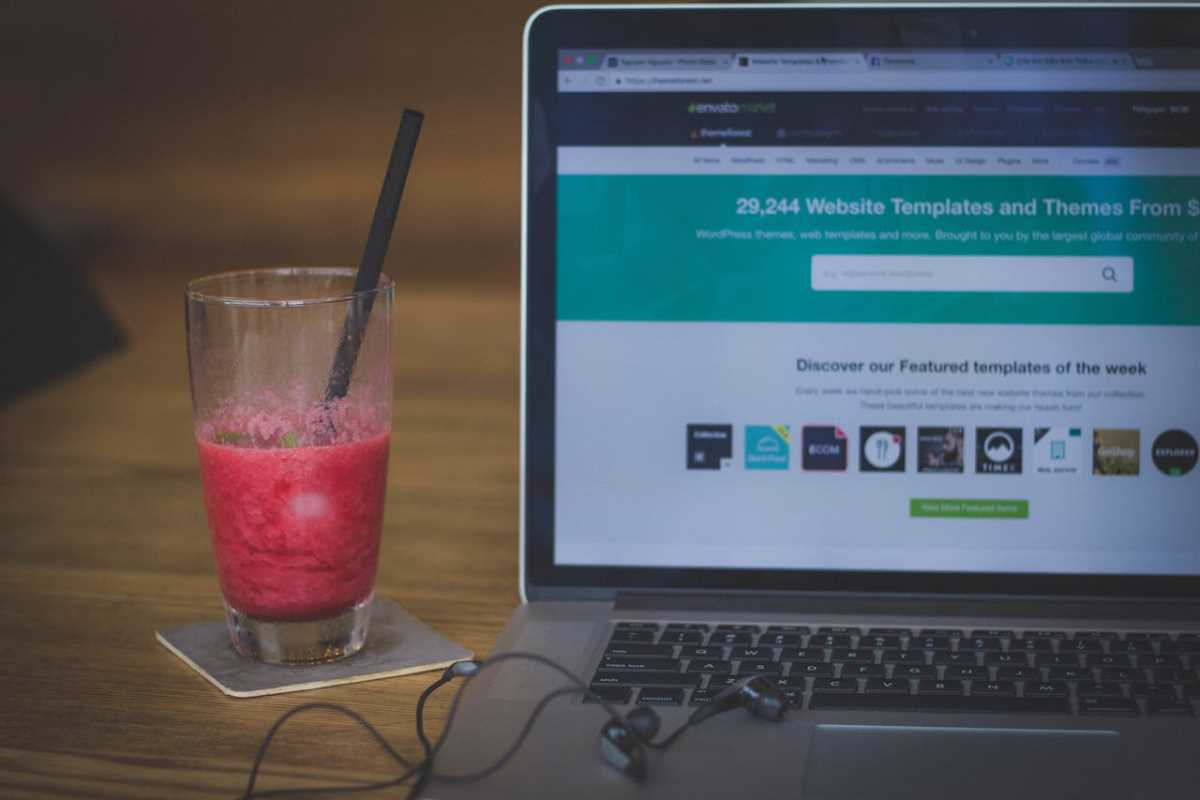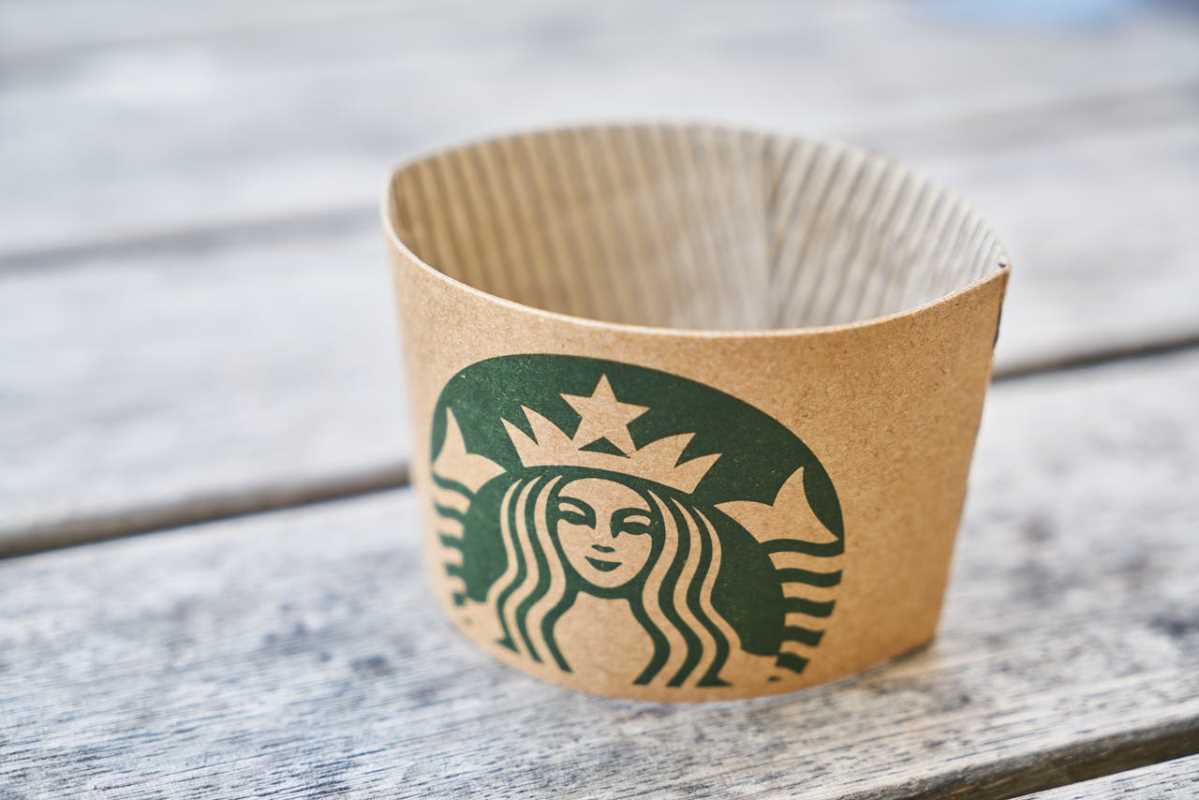A recommendation from a trusted friend can feel like discovering a hidden treasure. In the digital world, that friend might be an influencer you admire. When a creator you follow shares a product they genuinely love, it cuts through the noise and builds instant credibility. This is the power of influencer marketing. It bridges the gap between brands and people through authentic connection. This guide is here to showcase some of the most successful influencer collaborations that did more than just sell products; they built lasting brand love. We will explore what made these partnerships so special and draw out lessons you can use to create your own amazing collaborations.
What Makes a Collaboration Successful?
A successful influencer collaboration is more than just a sponsored post. It is a strategic partnership built on shared values, authentic storytelling, and a deep understanding of the target audience. The most impactful campaigns feel less like an advertisement and more like a genuine recommendation.
These collaborations work because they leverage trust. Influencers have spent years building a relationship with their followers. When they endorse a product, their community listens because they trust the creator's judgment. The magic happens when the brand, the influencer, and the audience all align perfectly.
Daniel Wellington and the Power of Micro-Influencers
One of the most cited examples of influencer marketing success is the watch brand Daniel Wellington. The company achieved explosive growth almost entirely through partnerships with thousands of influencers on Instagram. Their strategy was brilliant in its simplicity and scale.
The Strategy
Daniel Wellington did not focus on a few big-name celebrities. Instead, they collaborated with a massive network of micro-influencers—creators with smaller, highly engaged followings. The brand sent these influencers a free watch and a unique discount code to share with their audience. The influencers would then post beautifully styled photos featuring the minimalist watch.
Why It Worked
- Authenticity and Relatability: The posts felt authentic because they came from relatable creators, not distant superstars. It looked like a friend sharing their new favorite accessory.
- Aesthetic Consistency: Daniel Wellington’s clean, classic watch design was perfect for Instagram. It fit seamlessly into the curated aesthetics of fashion and lifestyle influencers, making the content feel natural and aspirational.
- User-Generated Feel: By encouraging influencers to create their own content, the brand cultivated a vast library of user-generated content that felt organic and trustworthy. This created a powerful sense of social proof, making it seem like everyone had a Daniel Wellington watch.
The Lesson
You do not need a massive budget to work with A-list celebrities. Partnering with micro-influencers can be incredibly effective. Their authentic connection with a niche audience often leads to higher engagement and more genuine endorsements. Focus on building a community of advocates who truly love your product.
Fenty Beauty and Inclusive Representation
Rihanna's Fenty Beauty launched in 2017 and completely disrupted the cosmetics industry. A core part of its groundbreaking launch strategy was its inclusive approach to influencer marketing.
The Strategy
Fenty Beauty launched with its Pro Filt'r foundation in an unprecedented 40 shades, a number that has since expanded. The brand collaborated with a diverse range of beauty influencers, representing many different skin tones, ethnicities, and body types. These creators were among the first to receive and review the products.
Why It Worked
- Meeting an Unmet Need: The beauty industry had long been criticized for its lack of diversity. Fenty directly addressed this by offering shades for everyone, especially those who had been overlooked by other brands.
- Authentic Reviews: Influencers from diverse backgrounds shared their honest experiences finding their perfect foundation match. These reviews were emotional and powerful, resonating deeply with viewers who had felt excluded for years.
- Community Celebration: The campaign was not just about selling makeup; it was about celebrating diversity and inclusivity. It made people feel seen and valued, creating an incredibly strong emotional connection to the brand.
The Lesson
Your brand’s values matter. A partnership that reflects a genuine commitment to a cause or community can create a powerful movement. Choose influencers who align with your brand's mission and empower them to share stories that matter. True impact comes from authenticity and purpose.
Audible and Long-Term Partnerships
Audible, the audiobook and podcast service from Amazon, has mastered the art of long-term influencer partnerships, particularly on YouTube. Instead of one-off sponsored posts, they build lasting relationships with creators.
The Strategy
Audible partners with a wide variety of YouTubers, from book reviewers to educational channels and lifestyle vloggers. These creators integrate a sponsorship message seamlessly into their regular video content. They often share a personal story about how they use Audible, recommend a specific audiobook, and offer their audience a free trial.
Why It Worked
- Repetition Builds Trust: By hearing about Audible repeatedly from a trusted creator over months or even years, the recommendation feels more genuine. The audience sees that the creator continues to use and value the service.
- Creative Freedom: Audible allows creators to integrate the sponsorship in a way that feels natural to their content style. This prevents the ad read from feeling forced or disruptive, preserving the viewer's experience.
- Targeted Alignment: Audible carefully selects partners whose audiences are likely to be interested in audiobooks—people who value learning, storytelling, and personal growth.
The Lesson
Consider building long-term relationships with a core group of influencers. A sustained partnership can be more effective than a series of short-term campaigns. It builds deeper trust with the audience and positions your brand as a consistent part of the creator's life.
Gymshark and Building a Fitness Community
Gymshark, a UK-based fitness apparel brand, grew from a small garage operation into a billion-dollar company, largely thanks to its community-centric influencer strategy.
The Strategy
Gymshark's founders identified and partnered with up-and-coming fitness influencers before they were famous. They built genuine friendships with these athletes, treating them like family rather than just marketing assets. These "Gymshark Athletes" became the face of the brand, creating motivational workout content and sharing their fitness journeys while wearing the apparel.
Why It Worked
- Aspirational and Authentic: The Gymshark Athletes were not just models; they were real people dedicated to fitness. Their followers looked up to them for inspiration and advice, making their endorsement of the gear feel credible.
- Community Over Corporation: The brand focused on building a community. They sponsored athletes, hosted real-world events, and engaged directly with fans on social media. This created a tribe of loyal followers who felt like they were part of the Gymshark family.
- Early Adopter Advantage: By partnering with influencers early in their careers, Gymshark grew alongside them. As the influencers' popularity skyrocketed, so did the brand's visibility.
The Lesson
Build a community, not just a customer base. Treat your influencer partners like true collaborators and brand ambassadors. A strong community, united by shared passions and values, is one of the most powerful assets a brand can have.
 (Image via
(Image via





